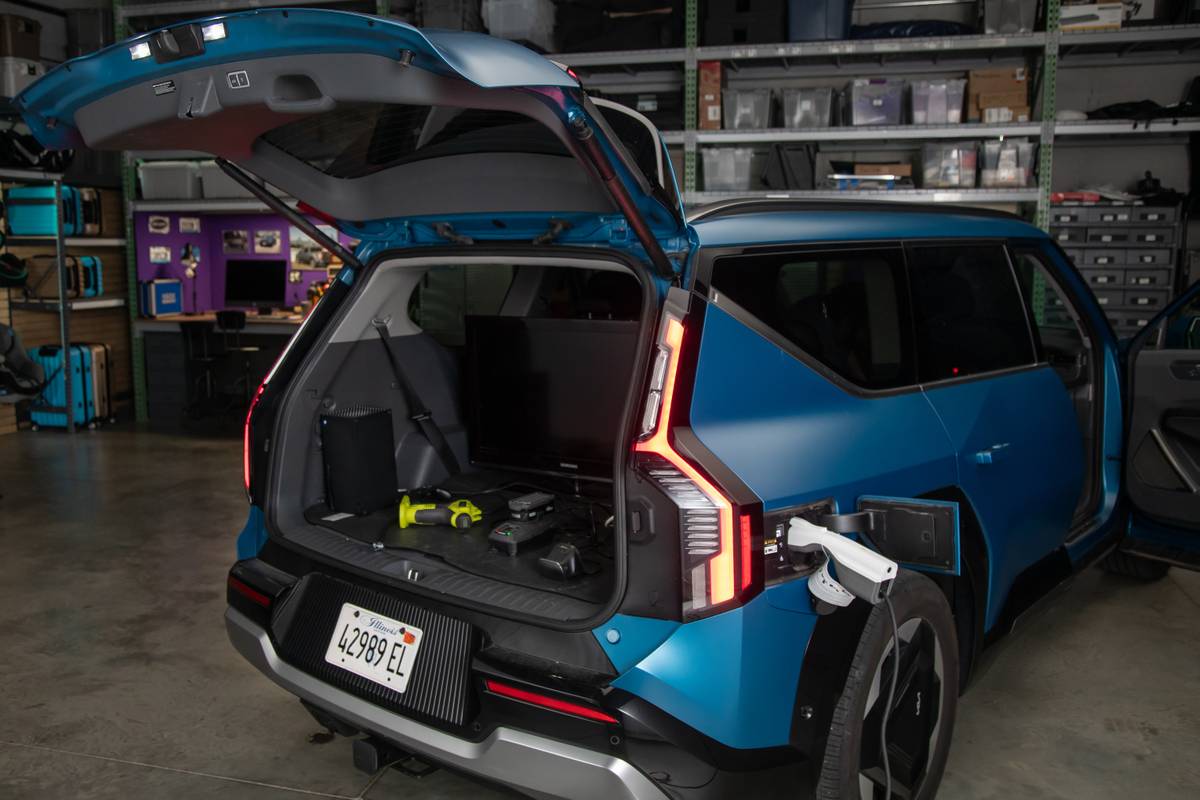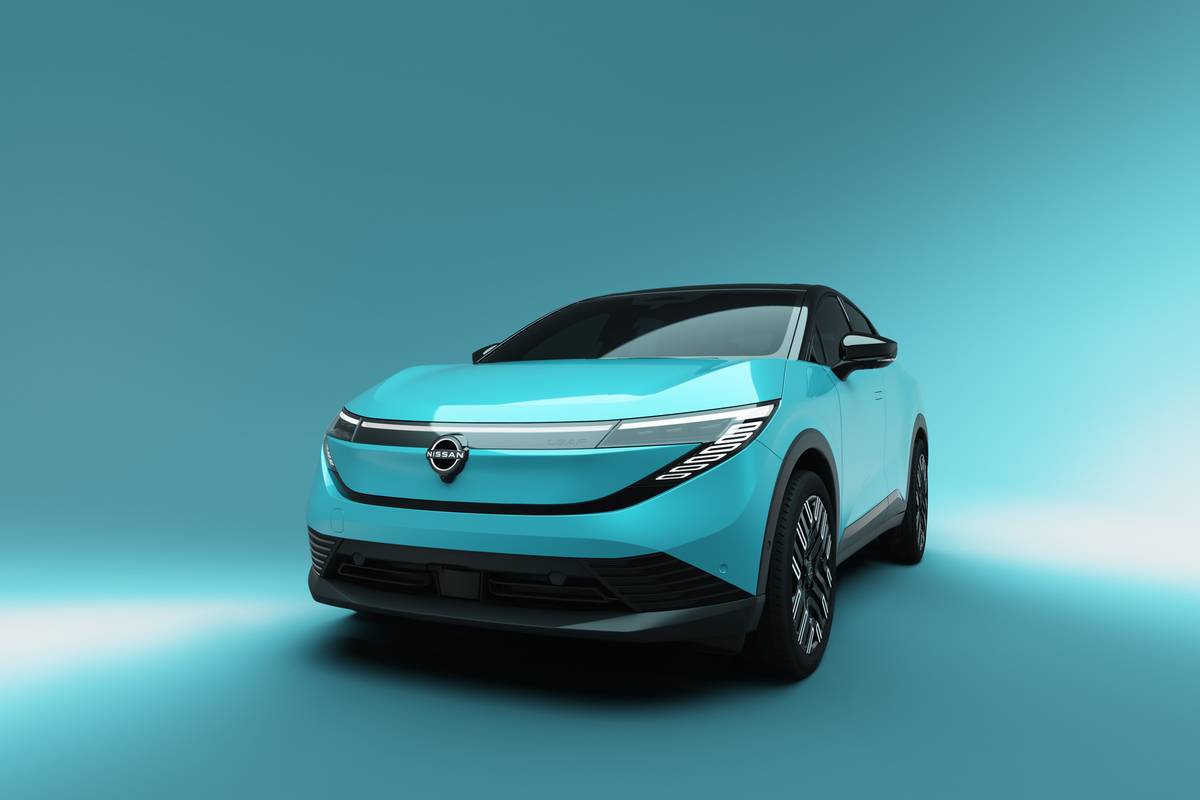Orlando Sentinel's view
The 2000 model year could be the start of something big for Nissan’s Infiniti brand of luxury vehicles.
Nissan found an unlikely ally earlier this year when French automaker Renault rode to the rescue with a massive infusion of cash. But the arrival of French cash also brought the guillotine. French managers are forcing Nissan to make painful cuts and run the operation more efficiently.
Nissan has been trimming costs, restructuring, fine-tuning its advertising and launching some hot new vehicles, such as the Xterra sport-utility and the four-door Frontier pickup.
Next up is what to do with the lackluster Infiniti division, which has never really had a big hit (compared with Lexus or BMW) in its 10 years of business.
That might change now. The new strategy is to put some distance, in terms of styling and performance, between Infiniti vehicles and their Nissan counterparts.
Good move.
Though no one complains about the quality of Infiniti vehicles, why spend the extra money when you can buy nearly the same Nissan (think Pathfinder vs. QX4) for much less?
Anyway, the 2000 model of the I30t takes significant steps away from the Nissan Maxima, the car that spawned it. Most future Infiniti vehicles will not have a Nissan clone to compete with. Performance, handling
The I30t comes with a smooth and quiet 3.0-liter, V-6 engine that has double overhead cams and 24 valves. Horsepower is rated at 227 — up an impressive 37 from last year. The added power comes from revised intake and exhaust systems. The engine also wastes less energy because the insides have been highly polished to reduce friction.
Fuel economy is excellent too. Our test car delivered a solid 26 mpg in city driving, and that was with the air conditioner running.
Also, the I30t now joins the 100,000-mile club. Along with many domestic autos, no tuneups are required for 100,000 miles.
The light green I30t we tested — a pre-production car built only for testing purposes — ran flawlessly. Performance was pleasing and refined at all speeds. The four-speed automatic transmission shifts smoothly and sends the power to the front wheels evenly. Our test car came with an optional traction control system ($300) that prevents the front wheels from losing their grip on wet roads. This is a worthwhile option for the 2000 I30t.
Over the road, the I30t has a definite sports-sedan feel to it but not a hard ride. It’s in between a Lexus and a BMW. Quiet, but firm and athletic is the best way to sum up the ride. Nissan engineers redesigned the rear suspension system. The car holds the road well in emergency maneuvers.
The power-assisted, rack-and-pinion steering system responds crisply, and turning the steering wheel is a pl easurable exercise. It’s smooth and easy. All I30s come with power-assisted, four-wheel anti-lock disc brakes. The system works well and provides just the right amount of stopping power in light of the car’s size, weight and performance. Fit and finish
The old I30 sold well, but smarter consumers saved money and went for the equivalent Nissan Maxima. After all, the old I30 was little more than a Maxima with a fancy grille.
Except for the roof, all the body panels on the 2000 I30 are different from the Maxima. To my eyes — which have been critical of bland Japanese styling — the new I30 looks swell.
The front end, with its unique crystal-clear headlights and shapely hood, is elegant, expressive and classy. The tail has a nicely styled pair of jeweled lights and a few touches of chrome here and there. To me it conveys luxury without giving off a snobby appearance.
The inside is just a s i mpressive. The seats are excellent. They came with heaters, power adjustment and a memory feature. Also, the driver’s seat slides out of the way, making it easier to get in and out. If the seat moving back and forth bothers you, just press a button on the dash to disable the system. The leather seats came with perforated upholstery and were extremely comfortable.
There is plenty of room in the rear. And the rear seats split and fold forward, which adds to the cargo room. Large items such as skis and golf bags can fit easily inside the car. The detachable cargo net is a nice touch.
The I30 uses highly polished, faux wood trim on the dash, console and door panels. Too bad Infiniti didn’t use the real thing. There is a very nice, old-fashioned looking clock planted in the middle of the dash.
As you might expect for a midpriced luxury car, the list of equipment is extensive. Cruise control, electric sunroof, automatic air-conditioning system, tilt wheel, CD player and more are standard.
The air conditioner in our test car could have worked a bit better. It took a long time to cool the car on a hot afternoon. Once it got going, however, it worked well. Another thing: I like to drive with the air conditioner in the recirculate mode. But every time I turned off the car, the A/C switched back to fresh air mode. That was annoying. Once I set a switch or a button, I like to forget about it.
The new I30 comes standard with side-impact air bags in the seats. Both front seats also have a built-in mechanical restraint system. In a rear-end collision, the device moves the headrest into position to keep your neck from snapping back.
Anyway, the new I30 comes to market at a time when competition for midpriced, midsized luxury cars is fierce. Lincoln is racking up spectacular sales with its new LS midsize sedans. In just two full months on the market, more than 8,000 new Lincolns have been sold. BMW is on a roll with the new 328 and Lexus is, well, Lexus — selling just about every ES300 it builds.
No problem for the new I30. This car is a contender. It offers plenty of performance and equipment for the money. And for the first time, Infiniti has styled a car that turns heads.
2000 Infiniti I30t
Base price: $29,465. Safety: Dual front and side-impact air bags, anti-lock brakes and traction control. Price as tested: $32,495. EPA rating: 20 mpg city/28 mpg highway. Incentives: None. Length – Overall : 193.7 Front Compartment – Head room: 40.5; Leg room: 43.9 Rear Compartment – Head room: 37.4; Leg room: 36.2 Warranty – Four-year, 60,000-mile bumper-to-bumper; six-year, 70,000-mile powertrain coverage; seven-year, unlimited mileage rust protection. Mechanical – Drivetrain layout: Transverse-mounted engine and transaxle, front-wheel drive; Brakes: Power-assisted, four-wheel disc with ABS; Engine: 227-horsepower, 3.0-liter V-6 with double overhead cams and 24 valves. Transmission: Four-speed automatic. Other Models – I30: $29,465
Inches unless otherwise specified
Latest news



